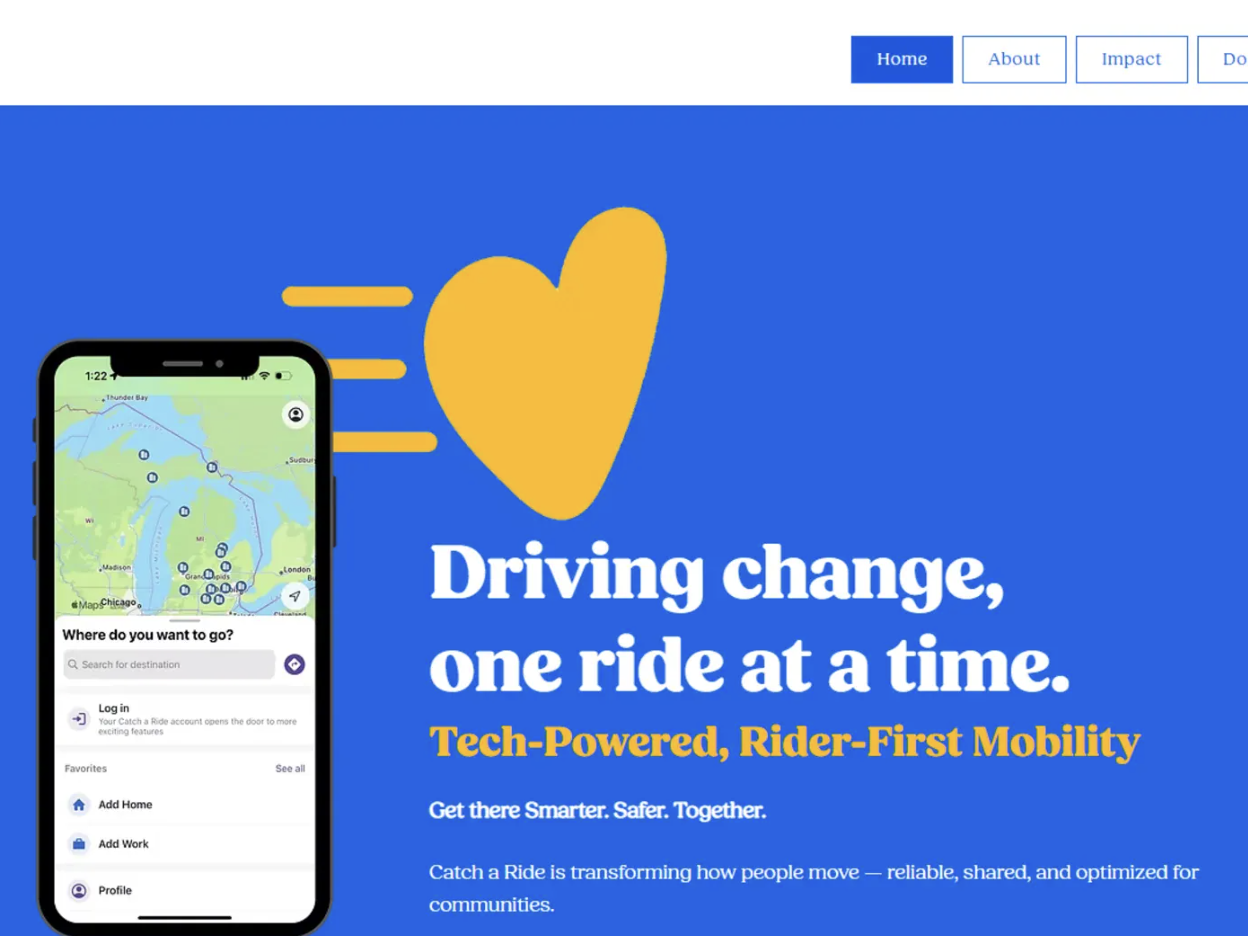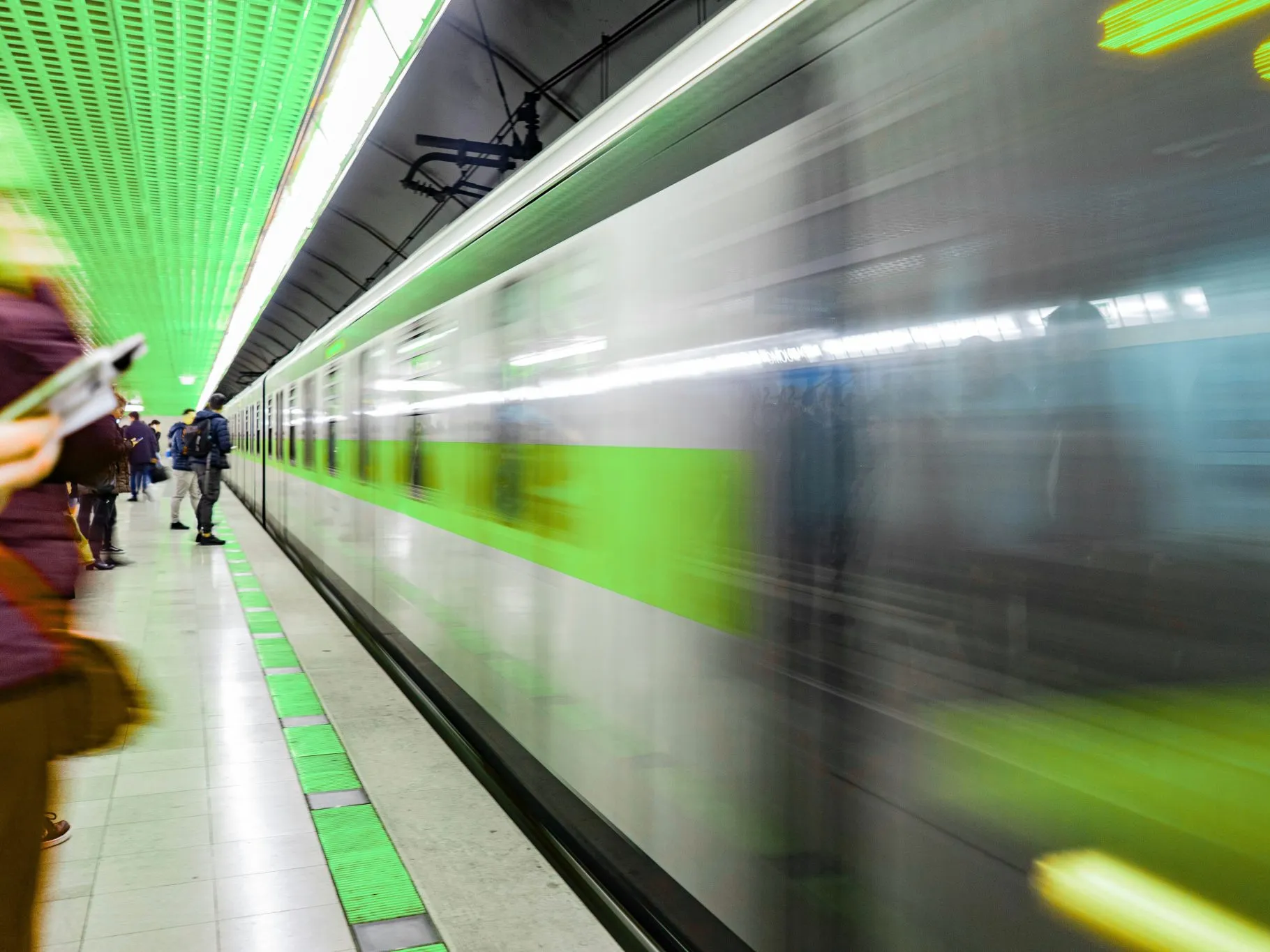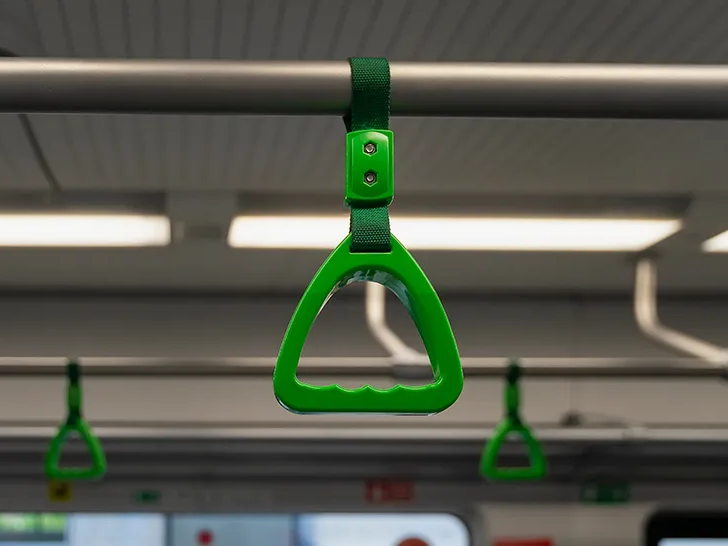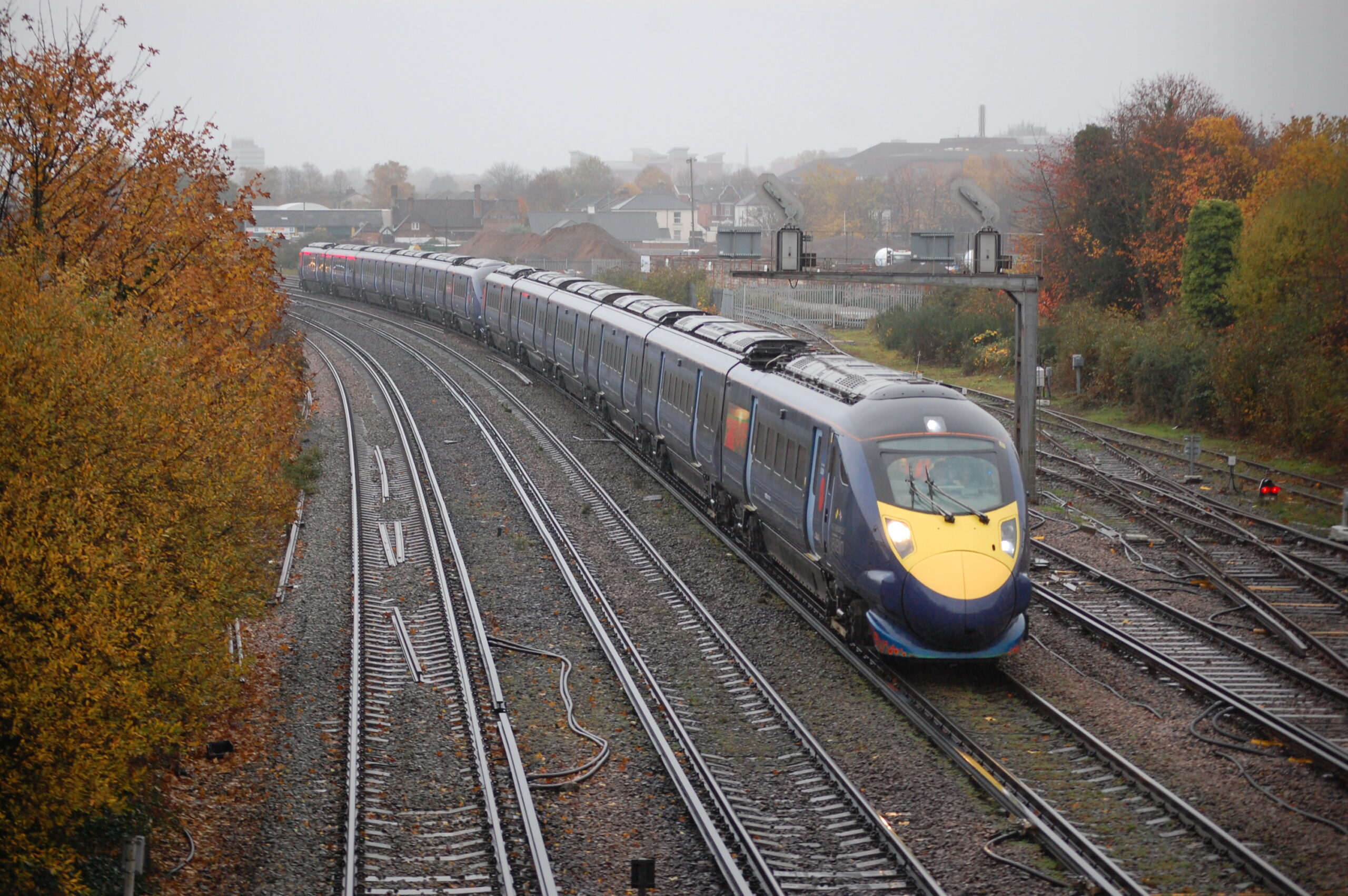As the world’s population continues to grow and shift, so do the demands on our transportation systems.
Increasing urbanisation and demographic trends, such as a rise in ageing citizens and the influence of Gen Z, stand to shape how people move around and their relationship with transport. Mobility must adapt to reflect this.
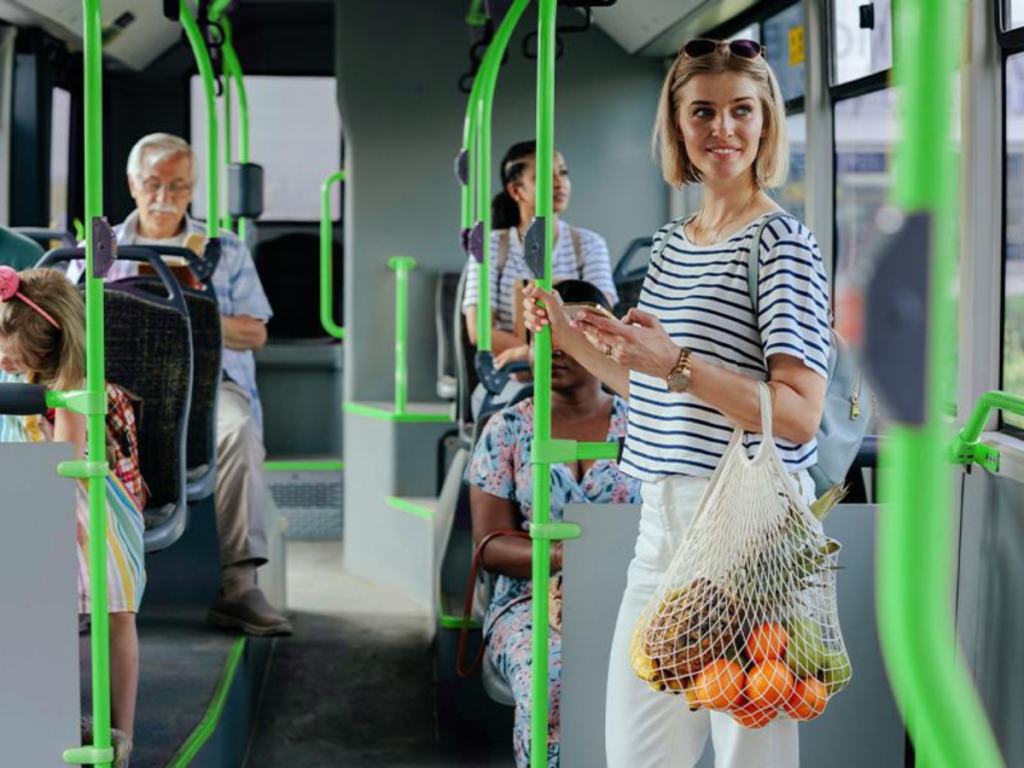
However, navigating these changes and striking a balance between our mobility needs and environmental impact requires thoughtful and creative solutions that push the boundaries of our current transportation technologies. With this in mind, it’s essential to remain open and flexible to ensure our transport networks are tailored to meet the ever-changing needs of travellers.
Growth in Urban Populations

According to The World Bank, more than 50 per cent of the global population already lives in urban areas, with an expected increase of 1.5 times by 2045. That’s a total of 6 billion citizens. To accommodate this influx of people, cities need to provide fast, affordable and reliable access to public transportation, foster urban green spaces and improve air quality. This requires policy reform and investment in new and upgraded infrastructure and services, alongside support for active travel and mobility innovations.
Research and pilots are helpful to see how residents and commuters respond to different types of mobility, technology and urban concepts. The 15-minute city is just one example which is being trialled in Europe and elsewhere. Data analytics, powered by AI and machine learning, could provide insights into mobility utilisation and population movements depending on the day, time, mode taken, and a host of other metrics. In addition, simply talking to citizens about their friction points when travelling will support the development of practicable solutions. Cities that understand the needs of travellers, and invest accordingly, will better adapt to urban growth while ensuring built environments are positive places to live.
The Rise in Ageing Populations
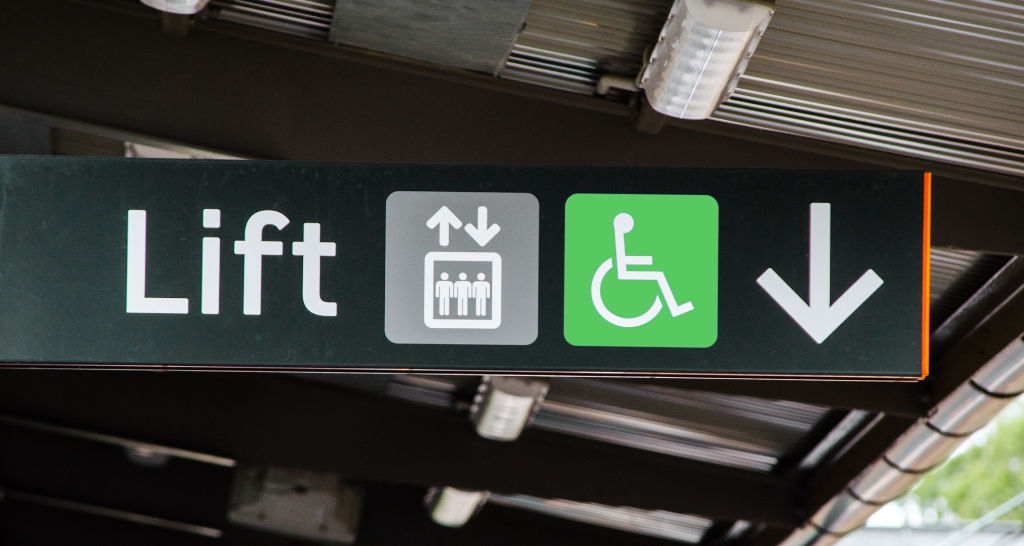
On top of this, the global population is ageing at an increasing rate. The number of people aged 60 years or over outnumbered those younger than five in 2020, according to the World Health Organisation. It predicts that by 2050, 22% of the world’s population will be aged 60-plus – nearly doubling in size. These transport users intend to remain highly active both physically and socially, so this demographic will continue to grow in importance.
Cities can accommodate older travellers with better off-peak services, on-demand transport, personalised incentives, and tailored solutions based on feedback, which may differ depending on local requirements. It’s also important not to forget elderly citizens by factoring in accessible mobility needs. Modified infrastructure with features such as larger staircases, accessible lifts, ramps, and better lighting installed in high-traffic areas, alongside improved education and outreach initiatives can help them to navigate their environment and feel safe.
The Influence of Gen Z

Gen Z is the first generation to be born into a world where technology is revolutionising the way we move around. Born 1997 – 2012, this cohort has the opportunity to reshape the future of transport. They are tech-savvy, creative and unafraid to challenge existing norms, and their vision for the future of mobility reflects this. Gen Z wants transport that’s safe, connected, and convenient, with an emphasis on sustainability and reducing carbon emissions. According to the Deloitte Global 2022 Gen Z & Millennial Survey, Gen Z sees climate change (24%) as one of their top concerns, second only to the cost of living (29%).
What’s more, these groups aim to play an active role in sustainability. The Deloitte report highlights that Gen Z and millennials want employers to offer sustainability-focused employee benefits. These include electric car subsidies and incentives to use public transport or cycle-to-work schemes. They also want support to make better environmental choices such as tracking their carbon footprint and comparing with peers. By taking the lead in advocating for change, Gen Z will undoubtedly be a major force in transforming how we move around.
An Agile Approach
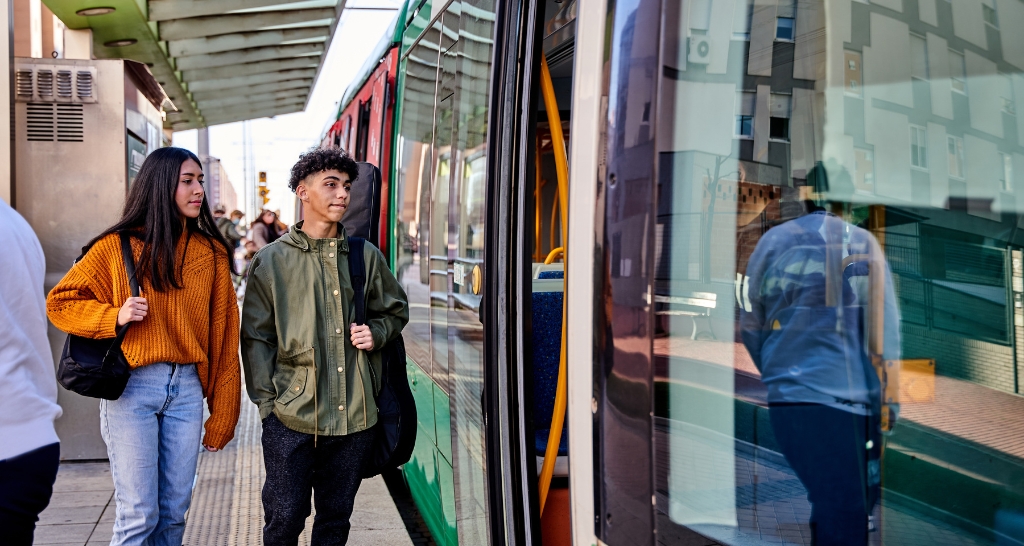
The ever-changing demographic landscape can present a challenge when attempting to anticipate exactly how such trends could impact transport. Influences at the global and local levels, coupled with the advent of modern technologies, all have the potential to shape the course of mobility solutions. Thus, smart city initiatives are increasingly being implemented to cope with the changing dynamics of urban living and to address future needs.
Through Mobility-as-a-Service (MaaS), IoT, connected mobility, and other technological advances, cities are enabled to design user-centric multimodal solutions that are innovative, accessible, and environmentally sustainable. Given the complexity of predicting future transport behaviours, this should be coupled with flexible transport demand management, as highlighted by Victoria Transport Policy Institute in Australia.
This requires cities to be agile and for transport systems that are capable of adjusting to demand fluctuations while also providing capacity for expansion and the integration of new modes or services built around demographic makeup. This takes skilful practice, but with thoughtful considerations for how populations are changing, cities can ensure their sustained attractiveness as places to live, work, and visit in the years to come.
This article was originally published by SkedGo.






